DIGITAL TRANSFORMATION
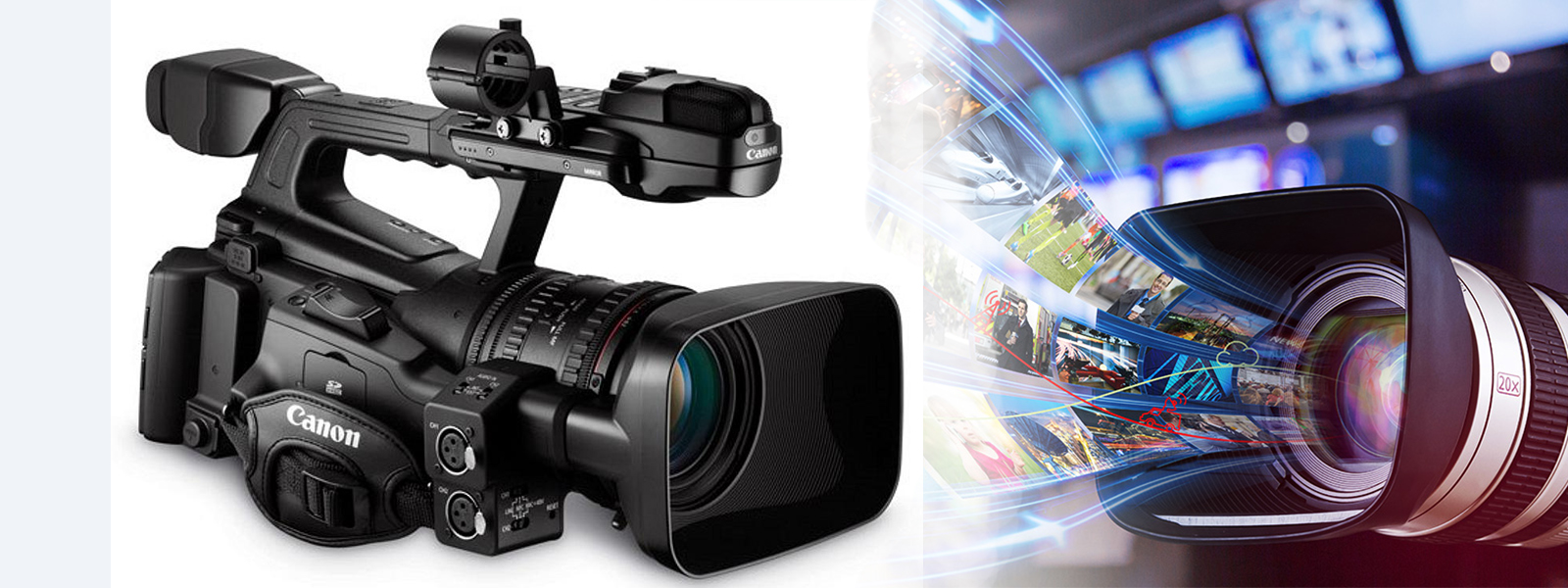
Digital transformation is the change associated with the application of digital technology in all aspects of human society. Digital transformation may be thought of as the third stage of embracing digital technologies: digital competence → digital usage → digital transformation with usage and transformative ability informing digital literacy. The transformation stage means that digital usages inherently enable new types of innovation and creativity in a particular domain, rather than simply enhance and support the traditional methods. In a narrower sense, "digital transformation" may refer to the concept of "going paperless" and affects both individual businesses and whole segments of the society, such as government, mass communications, art, medicine, and science.
IOT's
The Internet of Things (IoT) is the inter-networking of physical devices, vehicles (also referred to as "connected devices" and "smart devices"), buildings, and other items embedded with electronics, software, sensors, actuators, and network connectivity which enable these objects to collect and exchange data. The IoT allows objects to be sensed or controlled remotely across existing network infrastructure, creating opportunities for more direct integration of the physical world into computer-based systems, and resulting in improved efficiency, accuracy and economic benefit in addition to reduced human intervention. When IoT is augmented with sensors and actuators, the technology becomes an instance of the more general class of cyber-physical systems, which also encompasses technologies such as smart grids, virtual power plants, smart homes, intelligent transportation and smart cities. Each thing is uniquely identifiable through its embedded computing system but is able to interoperate within the existing Internet infrastructure. Experts estimate that the IoT will consist of about 30 billion objects by 2020

DATA SCIENCE
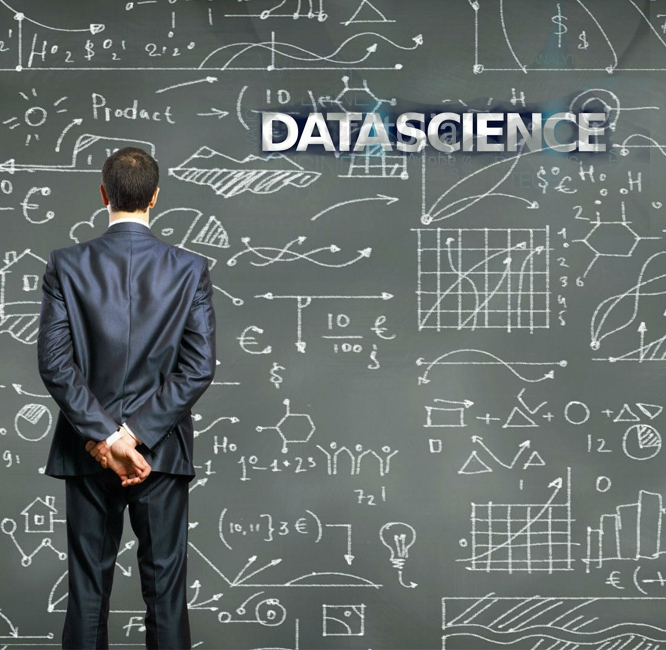
Data science, also known as data-driven science, is an interdisciplinary field about scientific methods,
processes, and systems to extract knowledge or insights from data in various forms, either structured or unstructured, similar to data mining.
Data science is a "concept to unify statistics, data analysis and their related methods" in order to
"understand and analyze actual phenomena" with data. It employs techniques and theories drawn from
many fields within the broad areas of mathematics, statistics, information science, and computer science,
in particular from the subdomains of machine learning, classification, cluster analysis, data mining, databases, and visualization.
Turing award winner Jim Gray imagined data science as a "fourth paradigm" of science (empirical, theoretical,
computational and now data-driven) and asserted that "everything about science is changing because of the impact
of information technology" and the data deluge.
When Harvard Business Review called it "The Sexiest Job of the 21st Century" the term became a buzzword,
and is now often applied to business analytics, or even arbitrary use of data, or used as a sexed-up term
for statistics.
BIO SENSORS
A biosensor is an analytical device, used for the detection of an analyte, that combines a biological component with a physicochemical detector. The sensitive biological element (e.g. tissue, microorganisms, organelles, cell receptors, enzymes, antibodies, nucleic acids, etc.) is a biologically derived material or biomimetic component that interacts (binds or recognizes) with the analyte under study. The biologically sensitive elements can also be created by biological engineering. The transducer or the detector element (works in a physicochemical way; optical, piezoelectric, electrochemical, etc.) transforms the signal resulting from the interaction of the analyte with the biological element into another signal (i.e., transduces) that can be more easily measured and quantified. The biosensor reader device with the associated electronics or signal processors that are primarily responsible for the display of the results in a user-friendly way. This sometimes accounts for the most expensive part of the sensor device, however it is possible to generate a user friendly display that includes transducer and sensitive element (holographic sensor). The readers are usually custom-designed and manufactured to suit the different working principles of biosensors.
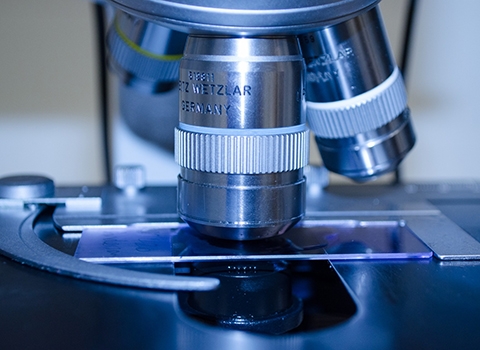
DIGITAL SIGNAGE
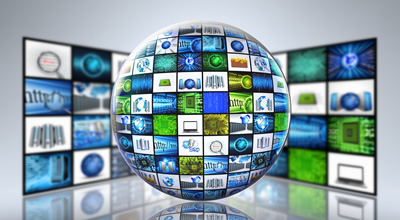
Digital signage is a sub segment of signage. Digital displays use technologies such as LCD, LED and Projection to display content such as digital images, video, streaming media, web pages, weather data, or text. They can be found in public spaces, transportation systems, museums, stadiums, retail stores, hotels, restaurants, and corporate buildings etc., to provide wayfinding, exhibitions, marketing and outdoor advertising. Digital Signage market is expected to grow from USD $15 billion to over USD $24bn by 2020.
ANALYTICS
Analytics is the discovery, interpretation, and communication of meaningful patterns in data. Especially valuable in areas rich with recorded information, analytics relies on the simultaneous application of statistics, computer programming and operations research to quantify performance. Organizations may apply analytics to business data to describe, predict, and improve business performance. Specifically, areas within analytics include predictive analytics, prescriptive analytics, enterprise decision management, retail analytics, store assortment and stock-keeping unit optimization, marketing optimization and marketing mix modeling, web analytics, sales force sizing and optimization, price and promotion modeling, predictive science, credit risk analysis, and fraud analytics. Since analytics can require extensive computation (see big data), the algorithms and software used for analytics harness the most current methods in computer science, statistics, and mathematics.
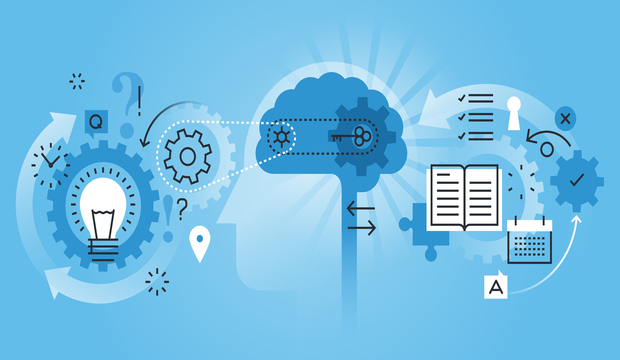
ENTERPRISE MOBILITY
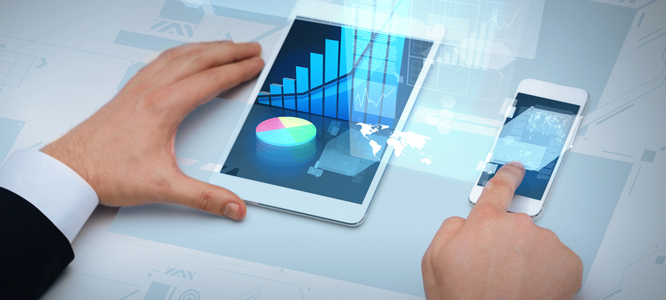
Enterprise Mobility Management (EMM) is the set of people, processes and technology focused on managing mobile devices, wireless networks, and other mobile computing services in a business context. As more workers have bought smartphone and tablet computing devices and have sought support for using these devices in the workplace, EMM has become increasingly significant. The goal of EMM is to determine if and how available mobile IT should be integrated with work processes and objectives, and how to support workers when they are using these devices in the workplace .